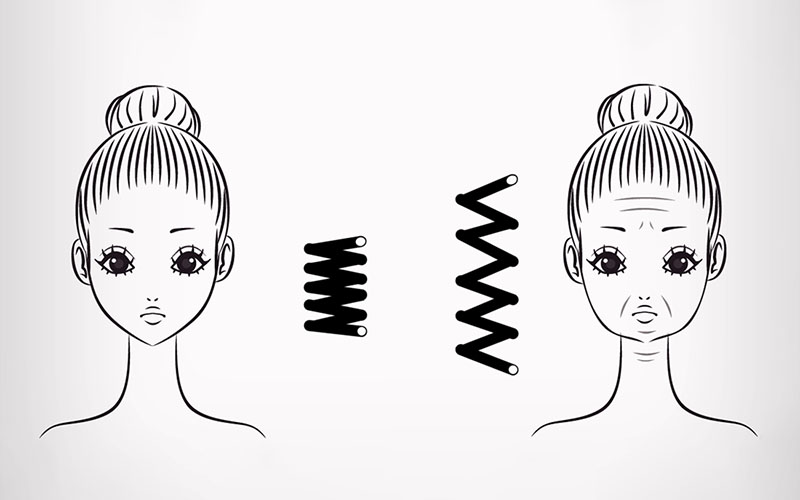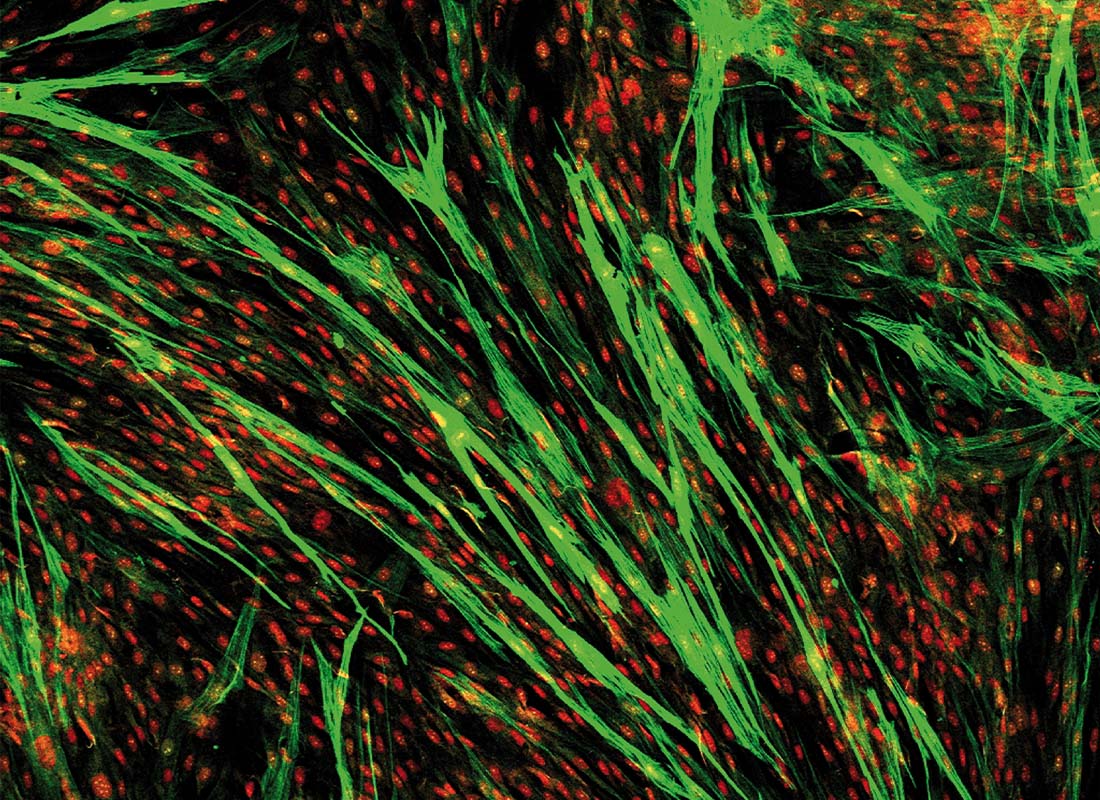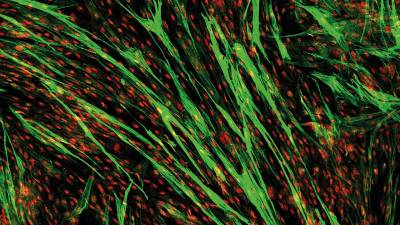Mechanobiology
From mechanical stimulus to biological response

CELLS UNDER PRESSURE
Mechanobiology studies how biological cells and tissues respond to mechanical stimuli from their environment. The resulting reaction is decomposed into three successive steps: mechanosensation, mechanotransduction and mechanoresponse. Initially applied to skin tissues, this science has undergone a spectacular renewed interest in the fields of oncology and tissue regeneration.

MECHANOBIOLOGY AND SKIN AGING
As early as 2005, SILAB’s researchers began working on mechanobiology participants in a context of skin aging. In 2016 and as a result of recent technological developments, new studies in vitro and in vivo have enabled the real-time adaptation of young and old skin cells to mechanical stresses to be characterized.
RESTORE THE SKIN’S ORIGINAL RESILIENCE
This proven expertise in skin mechanobiology had given rise to the active ingredient COHELISS®, developed specifically to stimulate the mechanical and biological cell functions of the skin in response to a mechanical stress. This product was rewarded by a cosmetic innovation prize in 2007: the C&T New Technology Award. The scientific discoveries of SILAB concerning mechanobiology in the course of aging have been the subject of one patent and 3 international communications.
Lenaers et al., Wrinkle reduction by stimulation of the skin’s mechanical resistance, Cosmetics & Toiletries China, 2, 32-38, 2007
Boudier et al., Mechanobiology of fibroblasts during skin aging, SFBMEC scientific poster, 2017
